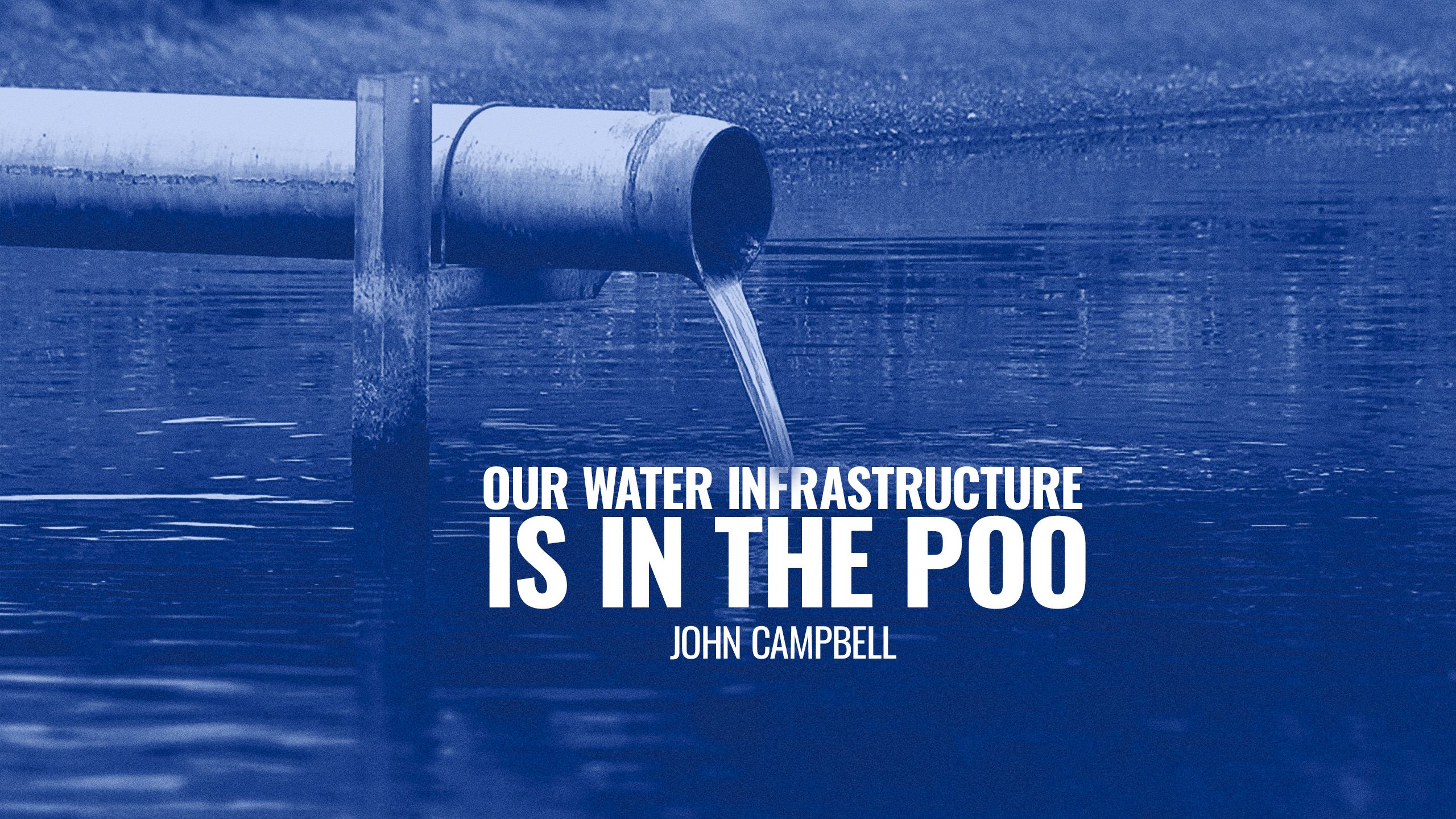
John Campbell takes a road trip up the lower North Island with one thing on his mind: water. The towns are charming, the people inspiring but the subject at hand? Disturbing. Because whether you want to drink, drain or flush water, our infrastructure is ageing and inadequate. The cost of fixing it is mind-blowing. And the price of ignoring it even greater.
Last week, I did a road trip between poo ponds in the lower North Island. (Journalism’s turning to shit, eh?)
Cameraman, Matt Smith, and me. Off we went. Like tourists with a very niche itinerary. We didn’t only visit wastewater facilities, we went to water treatment plants, too. What we drink and what we flush. The small, miraculous cycle of being human.
Water (and water infrastructure) is a story so large and so often neglected in this country, that it can feel like we’ve wilfully turned away from it. Perhaps it’s too big to see? Like climate change.
Sometimes, it declares itself in unmissable ways. But even then, the rest of us feel terribly sorry for the afflicted for a few days, then get on with not noticing.
Do we know the scale of it?
I met Water New Zealand CEO, Gillian Blythe, at Lower Hutt’s Seaview Wastewater Treatment Plant, along the foreshore then over the river from Petone. (Yes, we did build a large wastewater plant where sea level rise or earthquakes will almost inevitably claim the land.) I asked her, do we have any idea of the scale of the problem? She paused for a moment, then answered as if she wished she could say something else, “I suspect we don’t.”
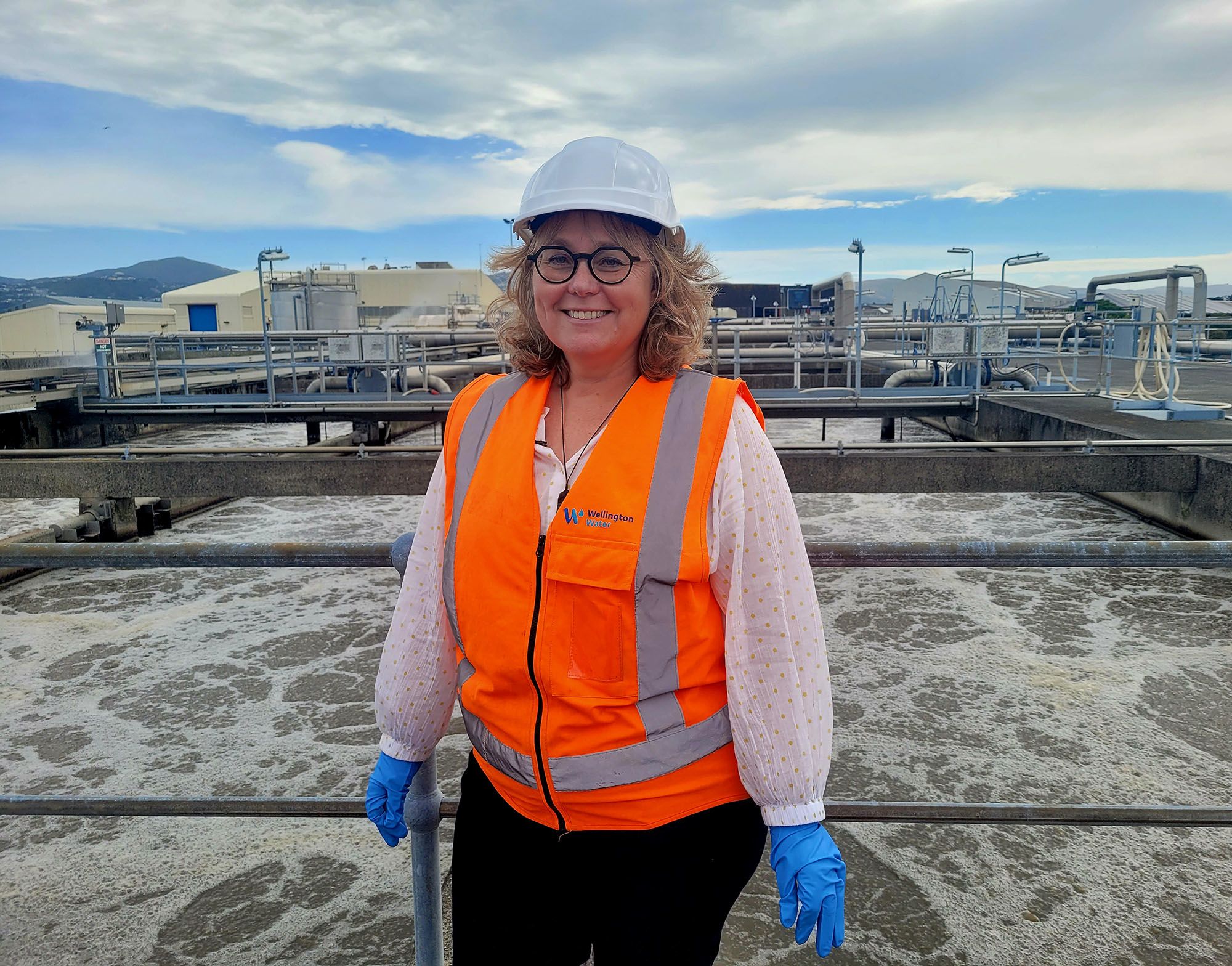
Water New Zealand CEO Gillian Blythe at the Seaview Wastewater Treatment Plant
Water New Zealand CEO Gillian Blythe at the Seaview Wastewater Treatment Plant
If you were in Tairāwhiti or Hawke's Bay during Cyclone Gabrielle, you will know what water can do. If you live in those parts of Westport or Auckland where a heavy rain forecast can induce a kind of PTSD, where the drains can’t swallow all the water when it comes, and where homes have been flooded and flooded again, you will know what water can do. If you can’t swim on your local beach in the days after heavy rain because your aging stormwater and wastewater networks couldn’t contain what they were built to carry, you will know what water can do. And if you were in Havelock North during the gastroenteritis outbreak of 2016, you, too, will know what water can do.
The “Government Inquiry into Havelock North Drinking Water” reminds us of what happened there. Something, probably sheep shit, contaminated water bores on the outskirts of the Hawke’s Bay town. “Some 5500 of the town’s 14,000 residents were estimated to have become ill with campylobacteriosis. Some 45 were subsequently hospitalised. It is possible that the outbreak contributed to three deaths, and an unknown number of residents continue to suffer health complications.”
And on we stumble.
A problem without parents
Labour’s Three Waters was, what? Well intentioned, of course. But it was muddled, poorly sold, and an orphan when it became unpopular. Except for Nanaia Mahuta, who parented that Bill until she dropped, or was dropped from the Local Government portfolio. “Could I,” she asked, in an interview with Jack Tame on Q+A, in November, “have got more support from a broader range of senior ministers? Absolutely.”
“I was pretty much carrying that load”, Nanaia Mahuta added, quietly.
Absolutely. And then it was rebranded, to use the phrase so generously applied to the new Prime Minister’s equivocations, as Chris Hipkins shuffled Labour to the nothing-to-see-here centrality he thought was safe, but was invisible.
The Water Services Entities Amendment Bill was what happened to Three Waters. A rebranding that persuaded almost no-one. Although, to revisit the debate at the Third Reading is to see the issues canvassed with a rhetorical conviction that none of the parties have since lived up to.
It's worth a read. Kieran McAnulty, then MP for Wairarapa, was in the kind of animated form so absent from Labour’s selling of Three Waters. “This country faces a massive challenge, and that challenge equates to up to $185 billion. That's a lot of money, and it's especially a lot of money when you consider that at the moment our district councils — 67 of them — are having to face that bill individually.”
Chris Bishop was positively rambunctious, in the fashion of an opposition politician who’d seen the latest polls and knew they were good. “There’s quite a degree of consensus that water infrastructure in this country is stuffed”, he said, accurately. “There is, I think, a consensus across Labour and National and ACT and the Greens that we need more investment, we do have an infrastructure deficit”. Again, accurate. It just feels at odds with the Coalition Government’s Local Water Done Well policy, which seems to contain no new infrastructure investment at all.
Is the cheque in the mail?
Ladies a Plate
I asked Local Government Minister, Simeon Brown, three times, if Local Water Done Well contains new money for councils. The words tumbled out, but I’m not sure whether they contained an answer. I don’t want to rule the possibility out. He may still be answering (see the foot of this story for the full conversation). Like the Telethon in which school friends decided to do a Talkathon and their parents paid them not to.
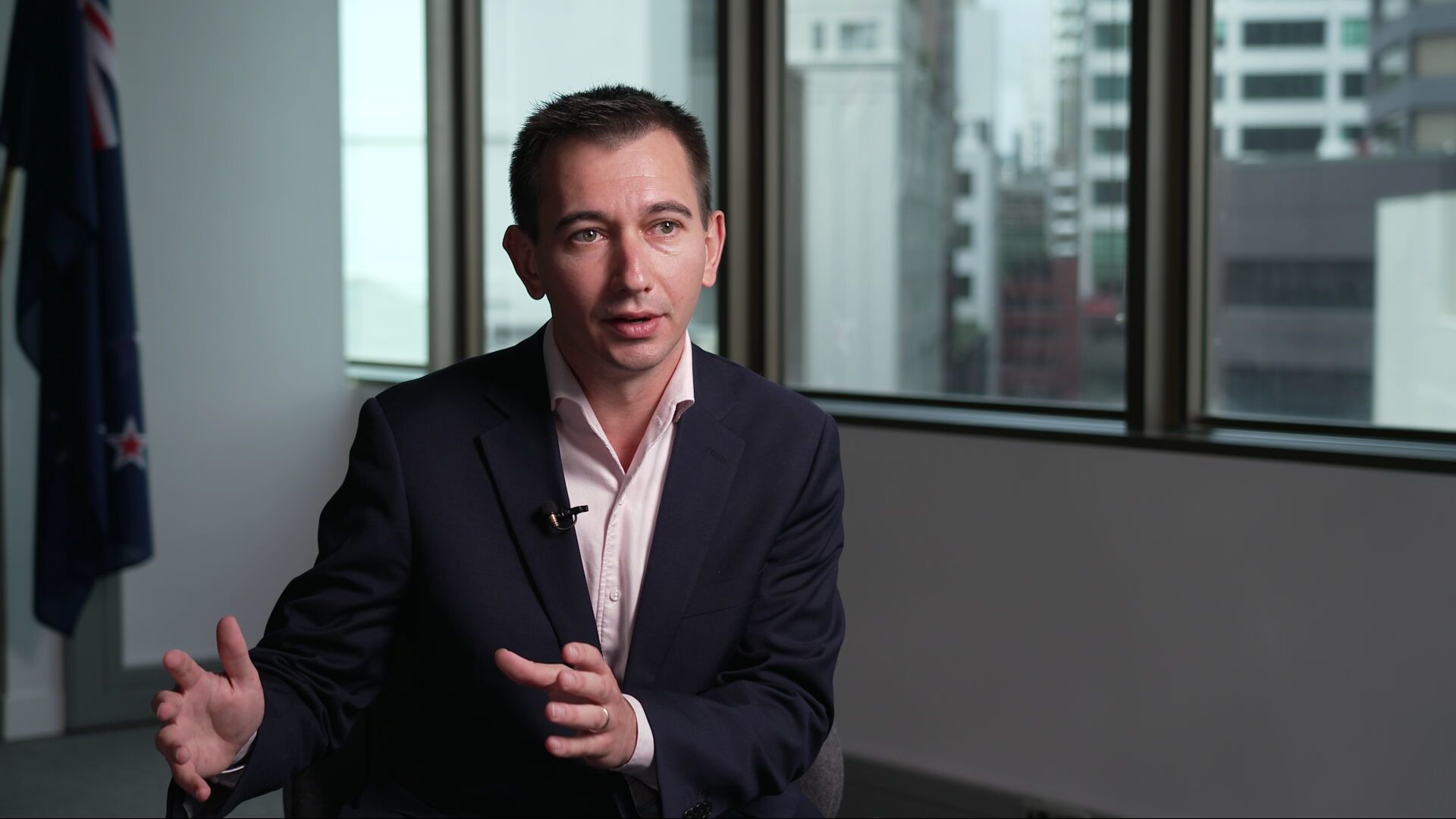
Local Government Minister, Simeon Brown
Local Government Minister, Simeon Brown
Speaking of childhood memories. The first party I was ever invited to which involved something more sophisticated than cheerios dunked in tomato sauce, requested “Ladies A Plate.” Until my Mum explained, I didn’t realise that meant food, I thought they must be short of crockery.
And in a way, Local Water Done Well feels like my childhood understanding of “Ladies A Plate”. Sure, the Minister’s carrying a plate, or “tools”, as he likes to say, but there’s nothing on it.
Anyway, we’ll return to politics later. (If we must.) This is a poo pond roadie, so hop into Matt’s car and let’s head off.
If, at this stage, you’re wondering about the purpose of this journey, and whether you can pick some music for the road, the answer to the second question is “yes”, and the answer to the first question is this.
In February, I wrote about the experience of Waitangi through the eyes of the people there who weren’t politicians from Wellington. And I wanted to do the same with the Local Government experience of water.
What position are councils in? What do they do need? Can they afford it? If so, where’s the money coming from? If not, what will they do?
Politics ought to represent a response to need, or a desire to transcend it, but in water we don’t even know what the need is. Not really.
So, jump in, and if that’s The Eagles on your playlist would you mind skipping to the next track?
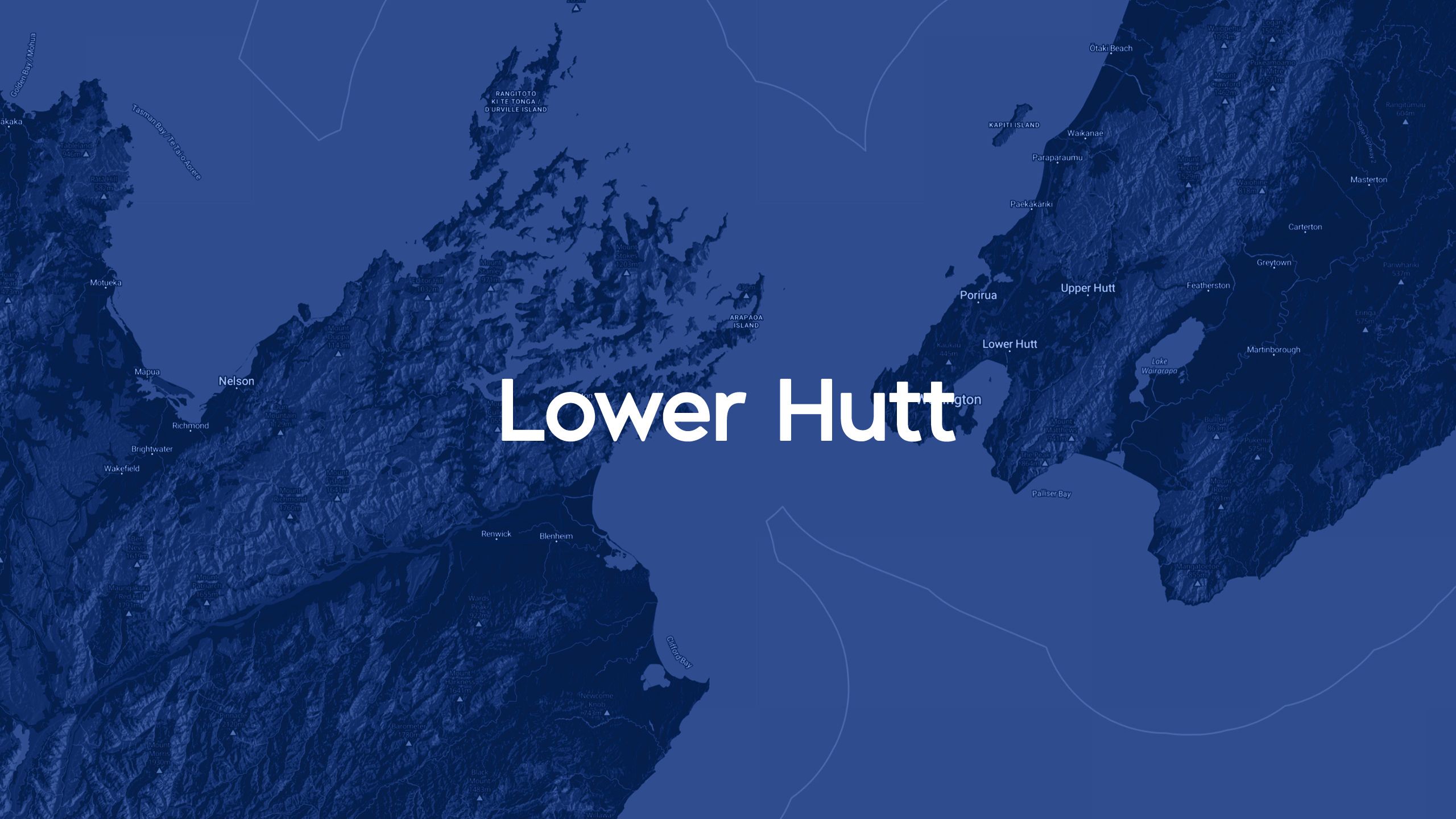
Hundreds of billions of dollars - and some baby wipes
We begin our roadie in Seaview, Lower Hutt, at the wastewater treatment plant now infamous for its smell.
It was there we meet Gillian Blythe of Water New Zealand, the country’s largest water industry body.
We promenade through the spaces where what we flush is transformed into something that will eventually be discharged as liquid into Bluff Point, south of the Pencarrow Lighthouse.
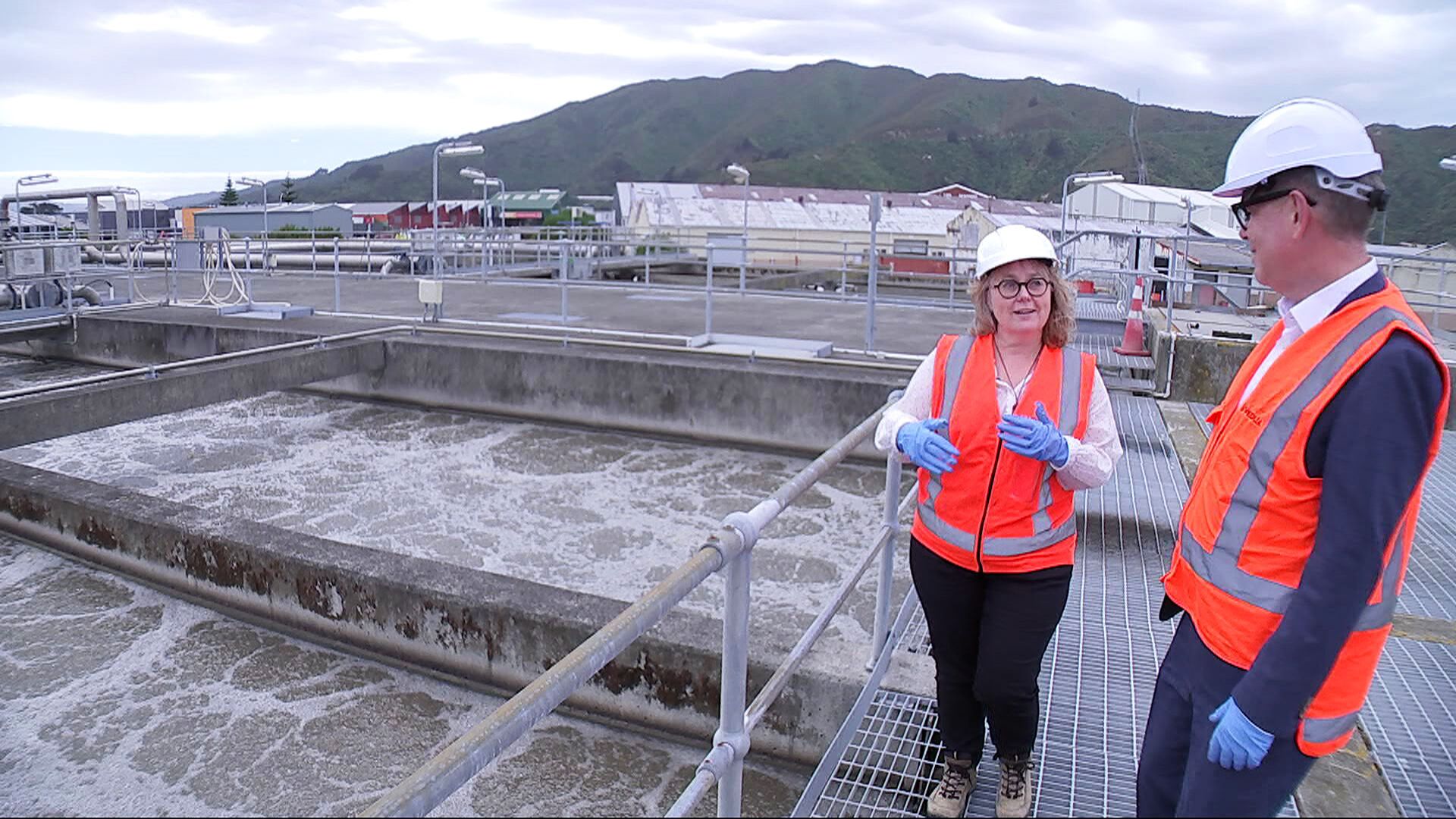
Gillian Blythe and John Campbell
Gillian Blythe and John Campbell
Giant, industrial sieves churn and spin. (Never flush a baby wipe, the people there beg you!) Ultraviolet treatment occurs. The wastewater enters huge tanks containing hungry micro-organisms. Things turn and whir and bubble. Seagulls look angrily proprietorial when Matt puts up his drone.
What a remarkable business it is. And humbling, too, in the proper sense of that word.
I want to say “thank you” to the people who work there – and in wastewater treatment plants throughout the country. Where would be without them? Potentially, in a version of Havelock North, 2016.
I ask Gillian Blythe what she estimates the cost of catching up to infrastructural adequacy might be. She cites the same 30-year figure then Wairarapa MP Kieran McAnulty used in Parliament, which came from the Water Industry Commission for Scotland’s Report on our water infrastructure, released in May 2021.
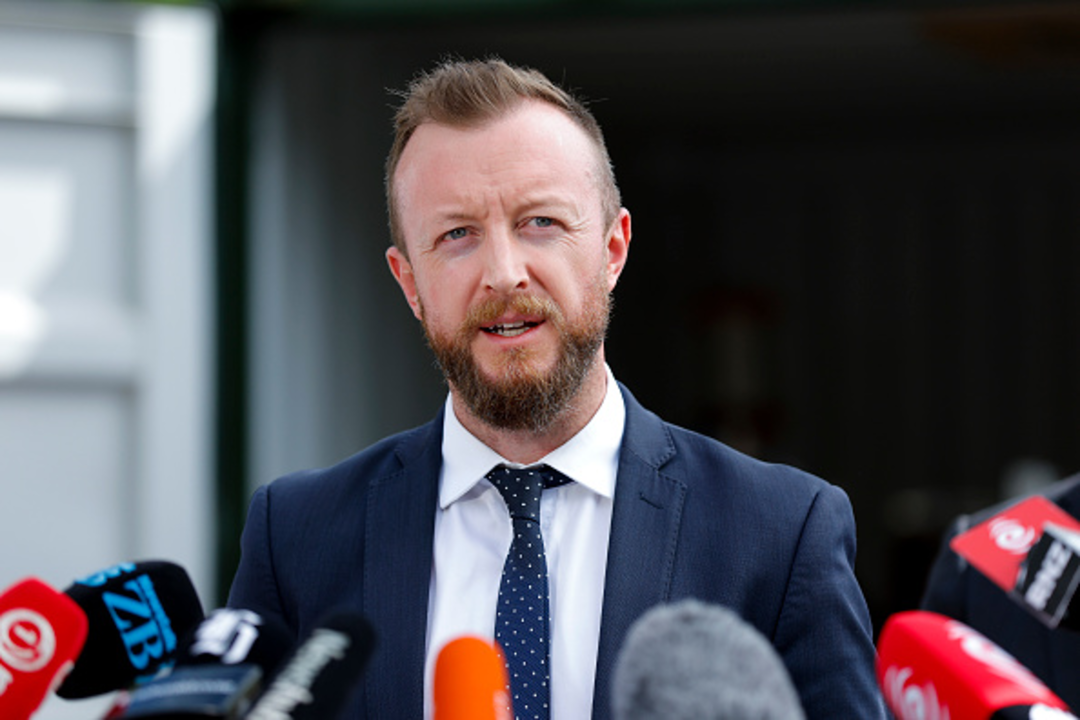
Kieran McAnulty (Hagen Hopkins/getty)
Kieran McAnulty (Hagen Hopkins/getty)
That figure ranges from $125 to $185 billion. “I mean that’s a couple of years old, so that’s probably higher,” she says. “And there’s different views as to whether that’s the right amount.”
Probably higher, I ask her. What’s your sense?
“From talking to people in the sector, they think it’s on the light side. Because it doesn’t include climate change, for example.”
You’re thinking 185 billion may be too light?
Gillian Blythe answers, “Yes”.
I ask: And where’s the money coming from?
“Well, at the moment, it needs to come from councils.”
And councils don’t have it, right?
“And councils don’t have it.”
The noise. The smell. The money. All of it so ridiculously big.
We wandered the mesh walkways above the tanks.
Gillian Blythe explains that water companies like Wellington Water are council owned and council funded. Water companies might desperately want more money, but they only have one source of it. For generations, most councils have underfunded water infrastructure. And this is made even more complex by the fact that compliance standards keep changing. So, what was once fit for purpose is now staggeringly obsolete. Everything is in a state of catchup.
And if we get it wrong?
Gillian Blythe answers: If you don’t have the barriers in place for your drinking water, then, ultimately, people can get sick. Queenstown. People can die. Havelock North.
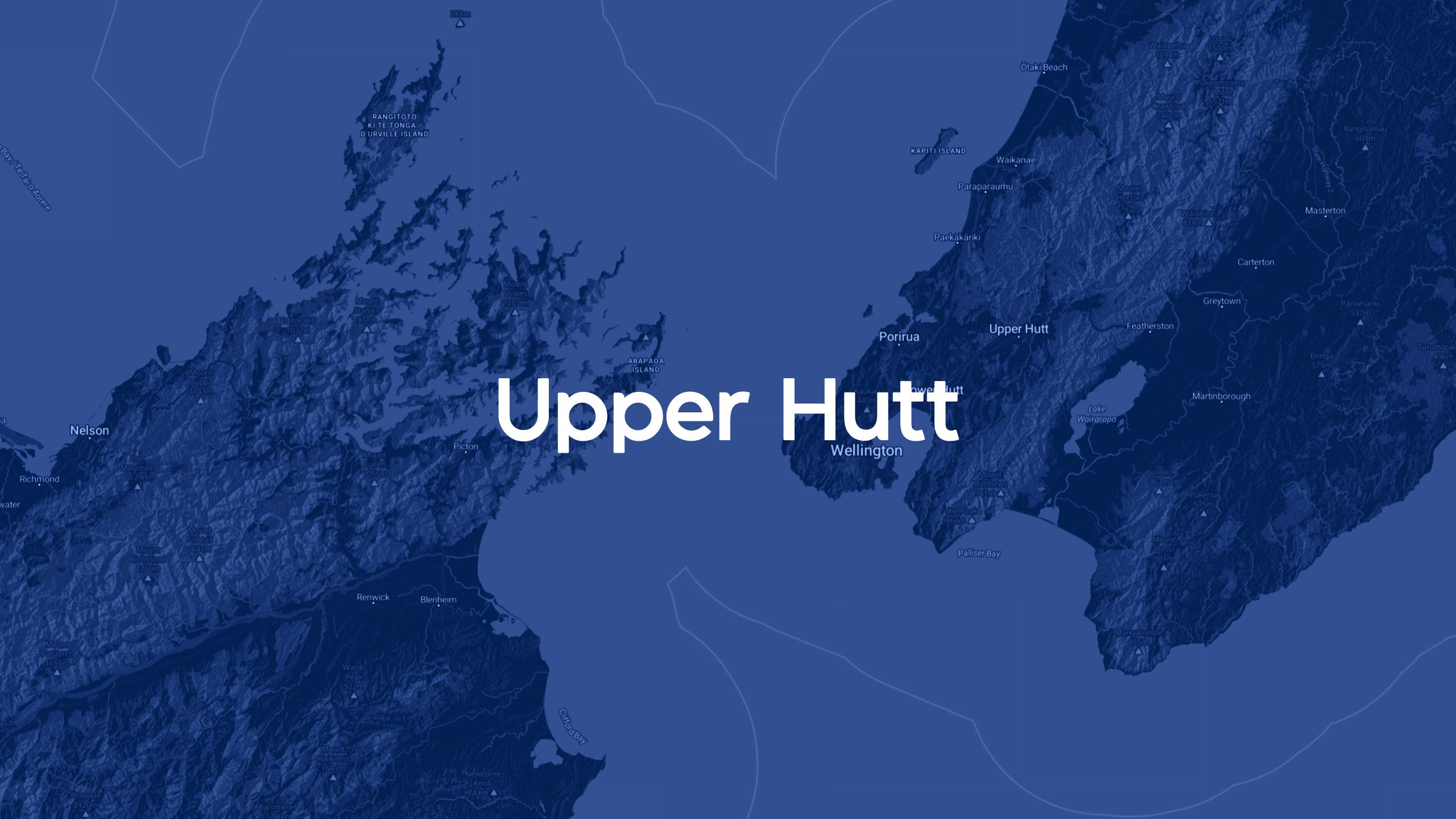
Leaky pipes and looming debt
We’re heading north-east now, towards Wairarapa and Tararua.
But we stop at the Macaskill Lakes, two water storage “lakes” that look like absurdly giant puddles, near Te Marua, north of Upper Hutt. And there we meet Lower Hutt Mayor, Campbell Barry.
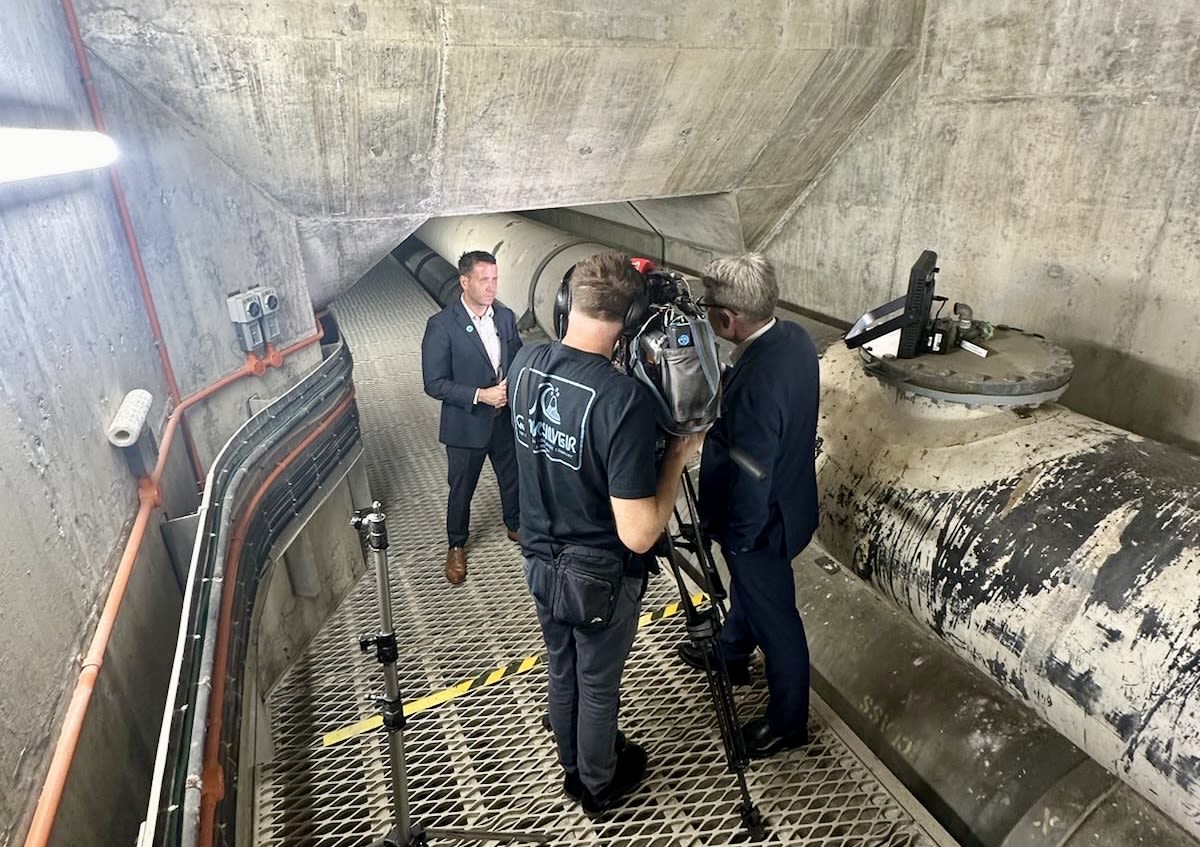
John Campbell and cameraman Matt Smith with Lower Hutt Mayor, Campbell Barry
John Campbell and cameraman Matt Smith with Lower Hutt Mayor, Campbell Barry
We opted to talk about water here, not wastewater, because the Wellington Region has an extraordinary story to tell on the issue, or a failure to confront the problems around it, or both. And Campbell Barry is not only Mayor of Lower Hutt, he’s Chair of the Wellington Water Committee.
Wellington Water is owned and funded by the Wellington, Hutt, Porirua, and Upper Hutt City Councils, Greater Wellington Regional Council and South Wairarapa District Council. All six councils are equal shareholders.
In short, it provides an example of the co-operation and economies of scale that both Three Waters and Local Water Done Well have envisaged. But it’s also presiding over a kind of water catastrophe, which illuminates this story and highlights how far some (much?) of our water infrastructure has fallen behind.
We are just above the lakes. It’s autumnal, and the wind is picking up, but they’re clear and blue and still. It’s somewhere you might cup the water in your hands and drink, deliciously.
And Campbell Barry tells me: “We know that 45 percent of the water which we treat, does not make it to households, or to businesses. We lose it in leaks.”
I am incredulous. “45 percent?”
Campbell Barry replies, “45 percent… That is 77 million litres of water, per day, we are losing.”
And the cost of repairing and rebuilding an infrastructure network that has become so very broken?
“Yeah, so we know, for our water network infrastructure here in the Wellington Region, it’s gonna cost 30 billion dollars, estimated, over the next thirty years. So, it’s a huge amount.”
Where is that money coming from?
Campbell Barry answers: “Well, currently the only place it can come from is through people’s rates, and debt on Councils.”
They are staggering numbers. And surely, surely, a riposte to any notion that councils alone have the money, or the ability, or (in some cases), the preparedness to catch up.
Wellington Water is determined to make amends for generations of underinvestment, and manifest lack of governance and also, of course, for the unseen damage the region’s earthquakes do to underground pipes, but 30 billion dollars?
Then Campbell Barry talks of rural councils, with tiny ratepayer bases, and water infrastructure that already has debt against it. What do they do?
“Without change, they are going to have astronomical rate rises, or, they will have crap in their water. Or, they will have failing water treatment plants… I fear, that over the next ten years if we don’t find a solution on this, we could have small, rural-provincial councils, you know, basically go bankrupt.”
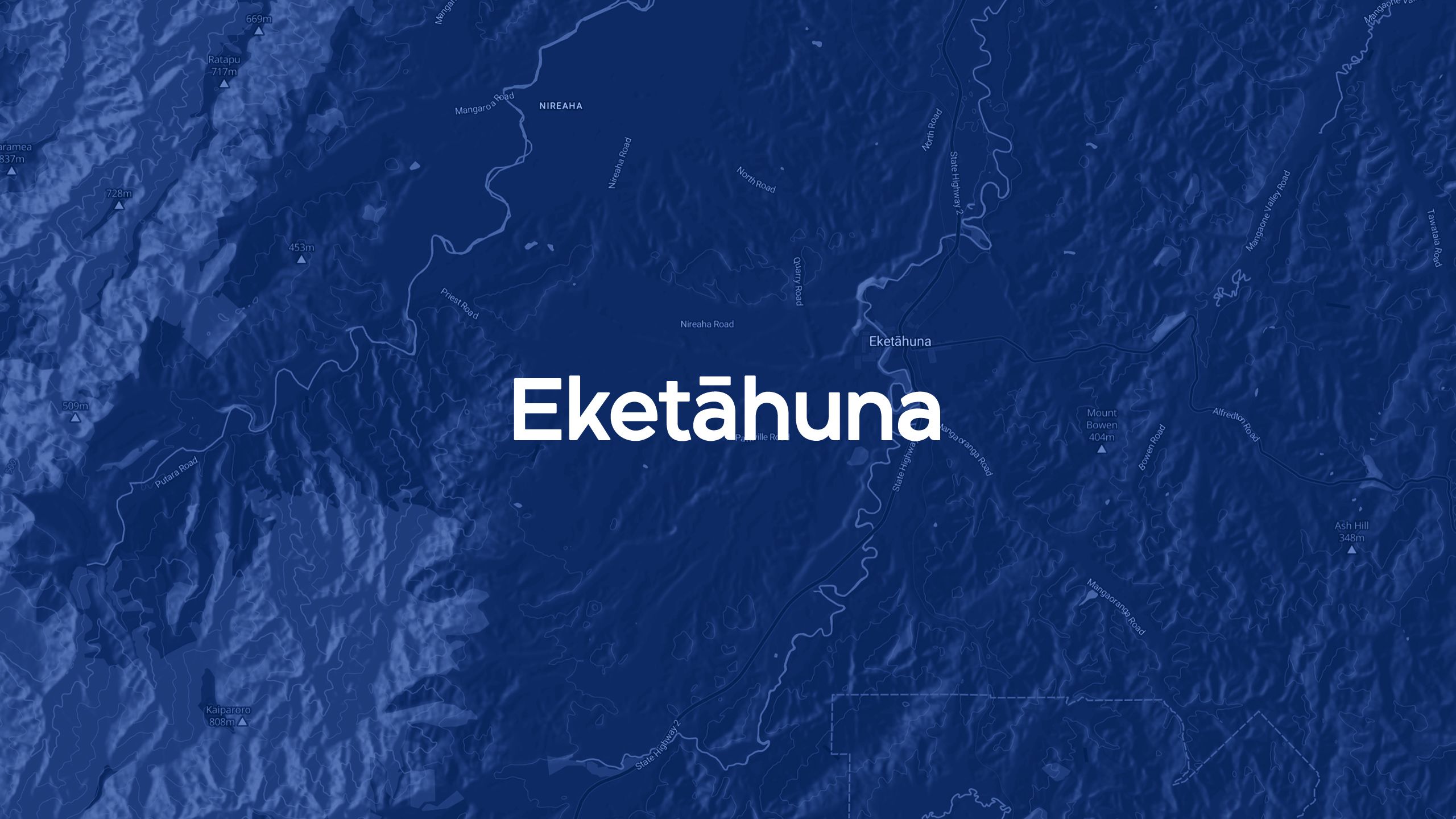
Fresh air and tired facilities
Eketāhuna is a kind of synonym for a place so small and singularly rural that it might have been invented in a story book.
I’ve driven through it many times, and even as I write I have to look on a map to see exactly where it is. State Highway 2. Thirty-five kilometres north of Masterton. A peekaboo out of the farmland.
We have driven from the south, and we’re meeting Tararua Mayor, Tracey Collis, who’s kindly coming from Dannevirke, almost an hour north.
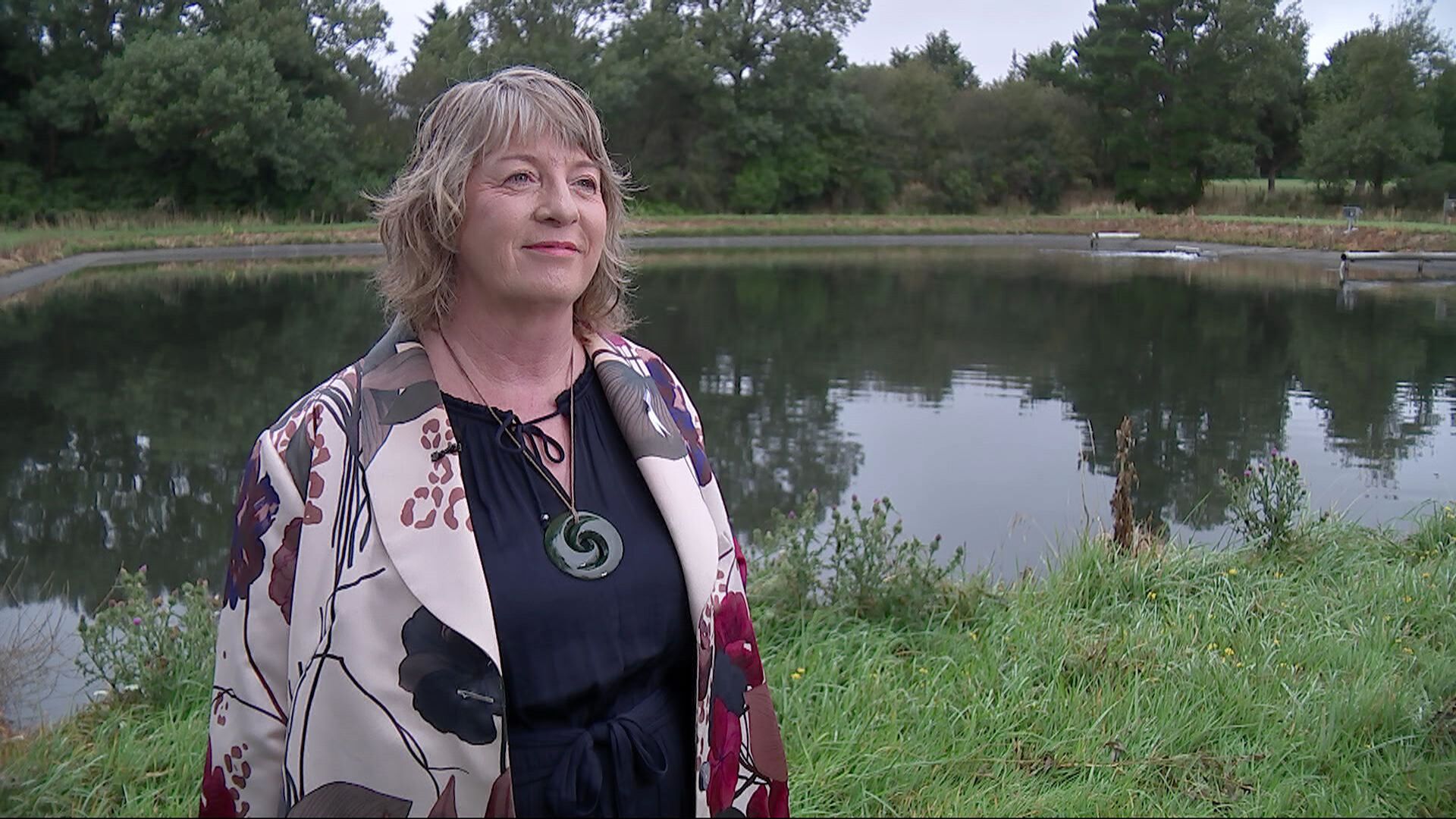
Tararua Mayor Tracey Collis
Tararua Mayor Tracey Collis
We arrive first, it’s early but there’s a bustle unfolding. The Four Square. Second-hand shops and a homeware, gifts and clothing store opening for the day, the town’s famous “Adult Boutique”, as unexpected a sight as you can imagine in a tiny, country town. But well and truly part of the whānau now.
We order coffee from The Lazy Graze café, where we’re served by a delightful young person whose boyfriend is a shepherd and loves it there. These New Zealand lives.
Mayor Collis arrives, with a team from the Tararua District Council, including its Chief Executive, Bryan Nicholson, who’s greeted with raucous derision (mostly from me) when he asks for a mocha. Then we head down to the poo pond.
“So, this is the Eketāhuna wastewater ponds”, Mayor Collis says. “And as you can smell, there’s nothing but fresh air, here.”
As I can smell, she’s right.
But what makes this facility fascinating is not that it doesn’t smell, it’s the numbers attached to it. Most of all, as Mayor Collis tells me, the fact it “services 252 homes”.
Think of that. An entire wastewater treatment facility for fewer homes than are on many city streets.
And, because most of these facilities date from less enlightened times, it was built directly beside a river.
“So, where we’re standing here”, Mayor Collis says, “this is in excess of fifty years old. Would it be what you’d build today? No it wouldn’t. Would it be the location that you’d build today? No, it wouldn’t.”
And yet here it is. Emblematic of something larger than itself. How our aging water infrastructure was built so far short of current compliance standards - and the cost of consenting and inspecting and rebuilding to try and catch up.
Do you get any Central Government money to help pay for your water infrastructure?
“No," Mayor Collis replies. “We need to talk about the funding model, ‘cause it’s broken… In the Tararua District we have 10,200 ratepayers, paying for seven wastewater treatment plants, seven water treatment plants, 39 consents, and 4,000 consent conditions. It’s a lot.”
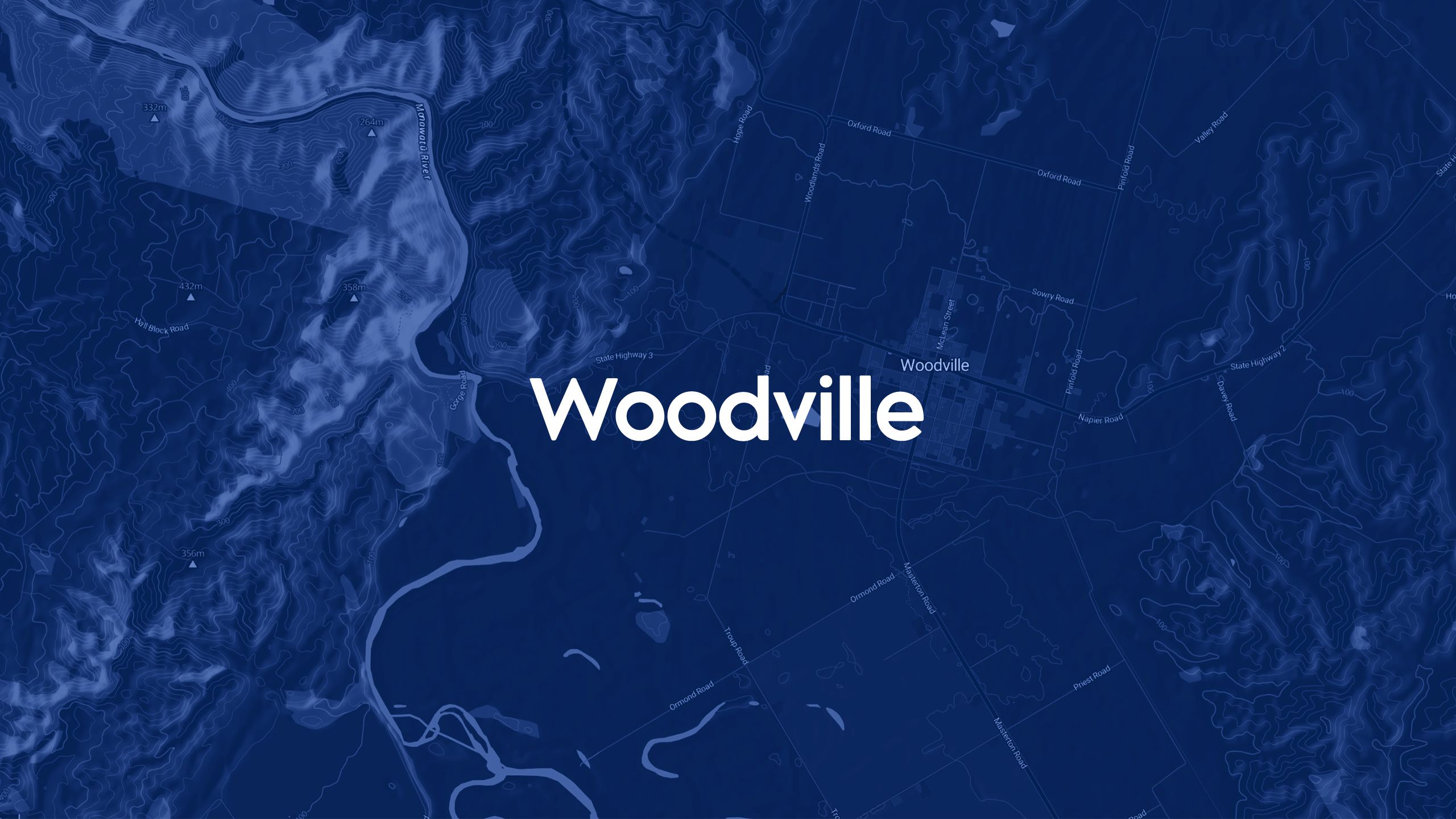
A refresh and a dead possum
We pass through Woodville, stopping at a hilltop water treatment plant that looks like the set of a Gothic movie. They can’t afford to start from scratch, but they’re modernising it. New filtration. UV treatment. Some of it looks like it should be condemned. Some of it looks new and flash.
Last month, a dead possum was found in the water tank and a “boil water” notice had to be issued.
Kiwi as. Kiwi, rural water infrastructure, that is.
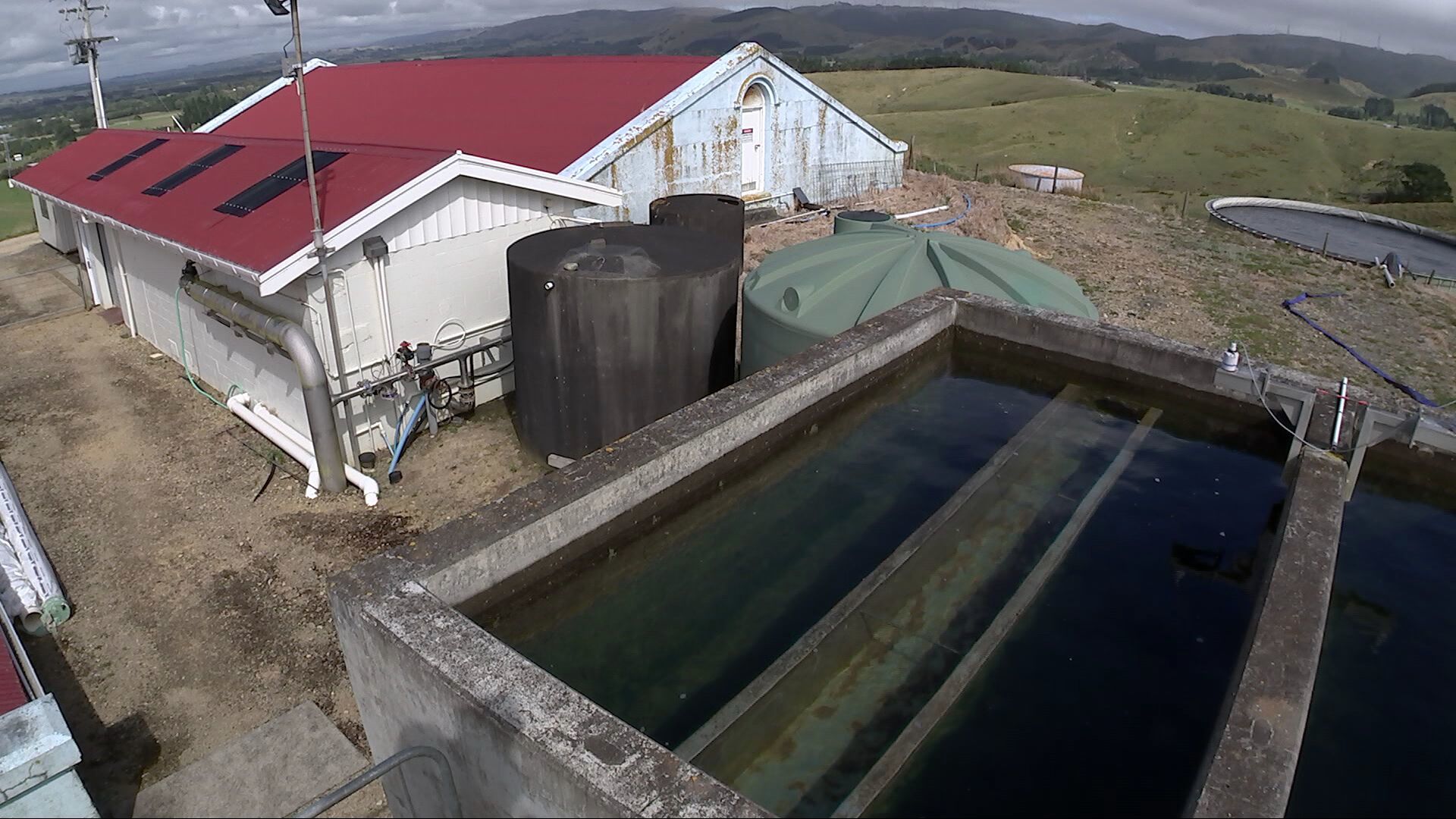
Water Treatment Plant, Woodville, Tararua
Water Treatment Plant, Woodville, Tararua
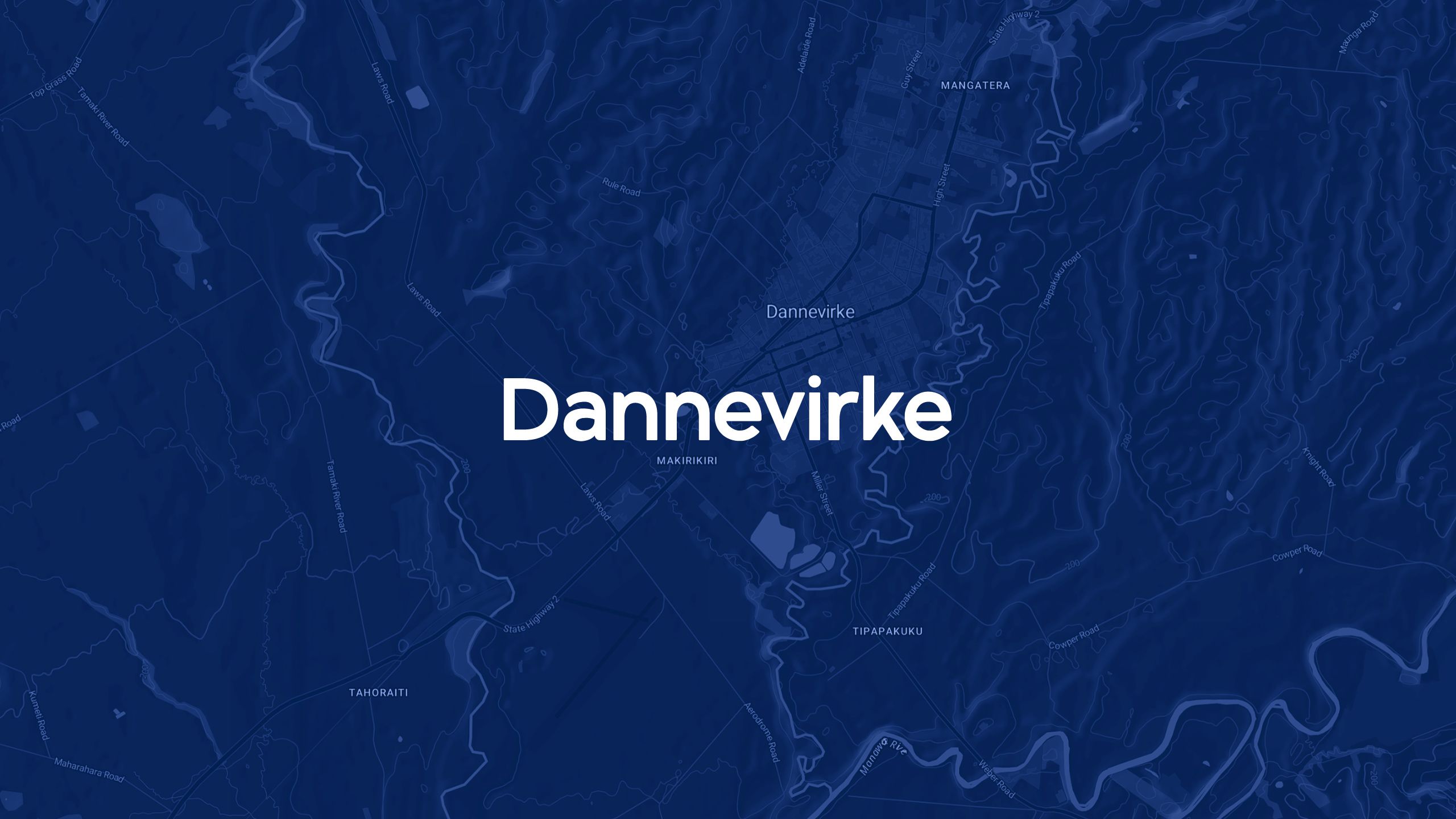
A distinct theme is emerging
Our tour guides are heading back to Dannevirke, the Tararua District’s biggest town.
A council meeting is about to take place, and we follow them. On the agenda, and I kid you not, the cost of upgrading and replacing Tararua’s water infrastructure so that it’s compliant, effective and fit for purpose.
Peter Wimsett, the council’s manager of strategy and district development, is one of two experts making a presentation. He speaks very deliberately.
“All of the work is not affordable. We understand that what we’re putting in front of you cannot actually be done by this council. We are not financially in a position to do so. And that, in itself, is the challenge.”
“For our country”, Mayor Collis tells me. “You know, not just in the Tararua District. This is over the entire country that they’ll be facing these challenges.”
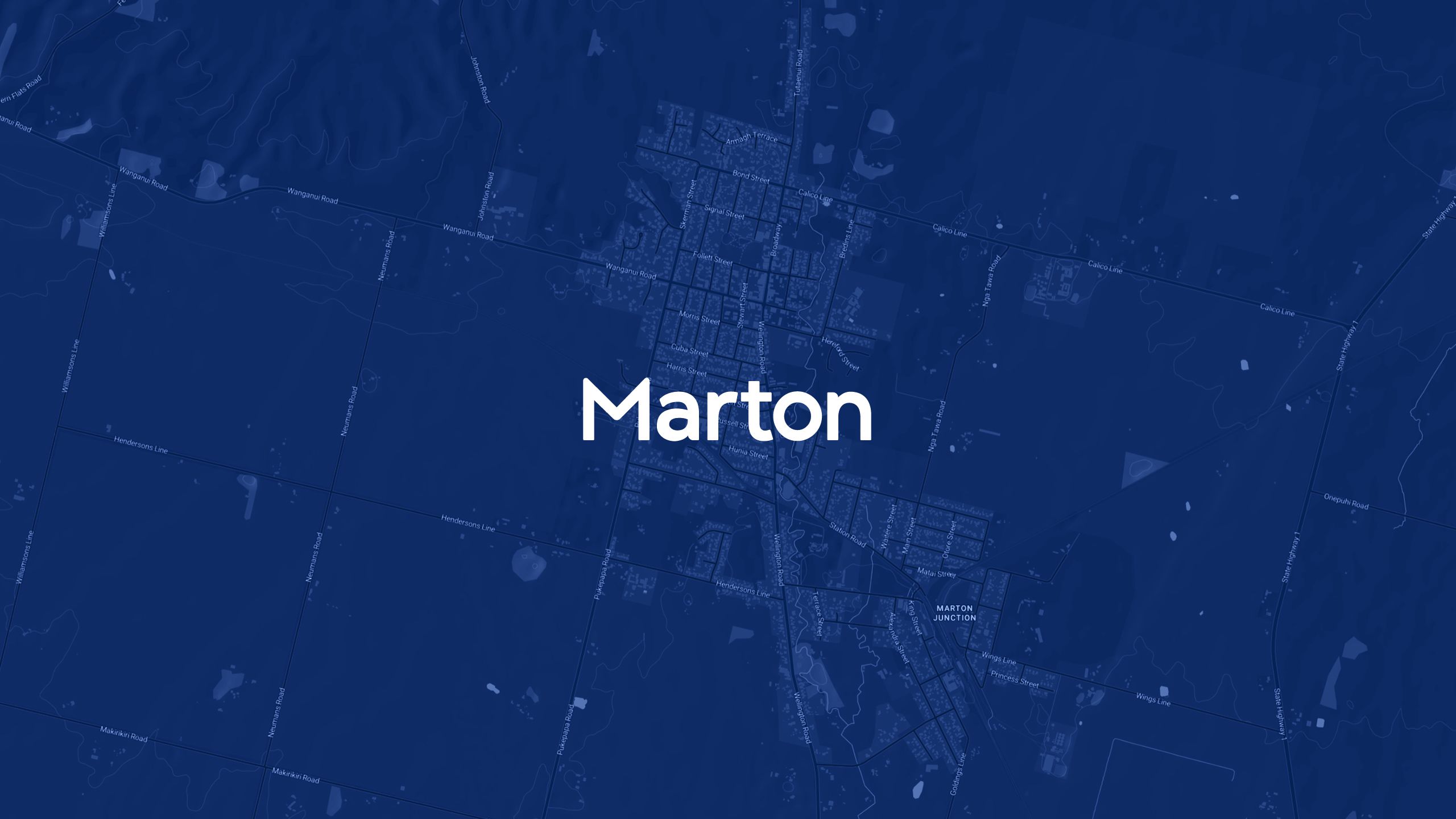
‘We need to preserve our beautiful awa’
We get fish and chips in Woodville. This isn’t an important detail, and it’s not strongly related to water infrastructure, but it was a part of our roadie, and they were really good.
Then we drive to Palmerston North for the night, and on, the next morning, to Marton, in the Rangitikei District.
I hadn’t been to Marton for years. And I’d never previously met Andy Watson, the Mayor of Rangitikei, who’s based there. He proudly shows Matt and me his District on three large maps on his office wall.
“These were maps that my wife gave to me when I came into the job. I love her dearly, obviously.”
Obviously.
He points out all of Rangitikei’s towns. There aren’t many. But he makes up for that by saying “Hunterville” as if it were “New York”. Andy Watson loves his wife, dearly, but his love for Rangitikei can’t be very far behind.
He says “awa” for “river”, and speaks joyfully of his connection with Rātana Pā, where he occasionally goes to church.
‘I admire Nanaia for the vision she had’
Again, this is a district with multiple, small, water and wastewater facilities. But Rangitikei has budgeted for their infrastructure catchup, and currently seems better equipped than many rural districts to cope. (Although only just. And only if costs don’t rise.)
“I admire Nanaia for the vision she had,” Mayor Watson tells me. “But the Government weren’t able to support it in terms of practise, and there were so many unanswered questions. But she raised the conversation.”
And the conversation has to be had. The Rangitikei District Council has previously been fined for discharging untreated wastewater into the Hautapu Stream, near Taihape.
“We believe we have a responsibility for three waters”, Mayor Watson says. “We need to be compliant. We need to prevent our wastewater streams from going into our beautiful awa. You know, we’re blessed with some stunning scenery, and we need to preserve it.”
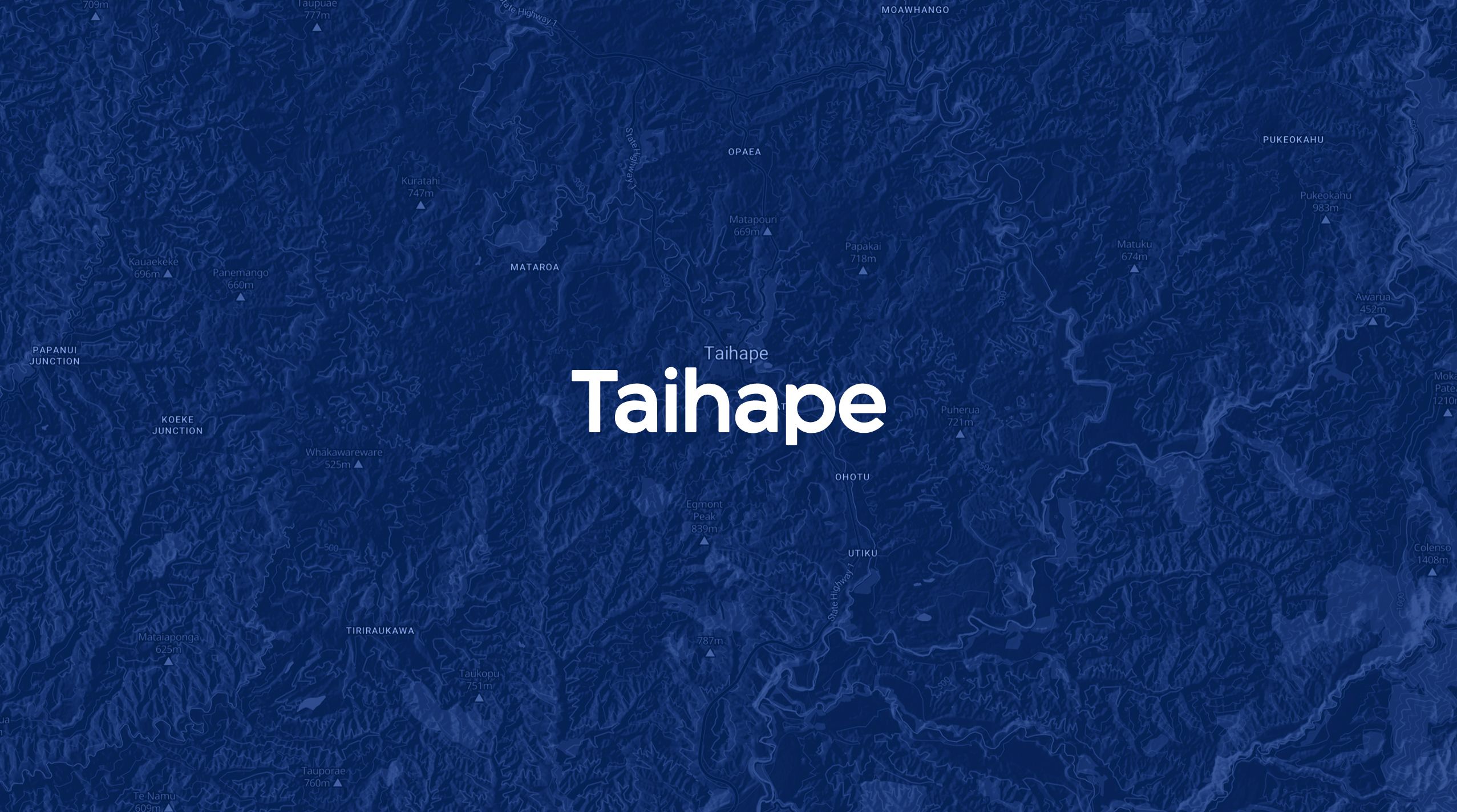
The trouble with Taihape
The issue here is the particularities of parts of this district. And Taihape provides a striking example of that. “Taihape is one of our challenging ones.
First of all, it’s reasonably distant, reasonably remote, so it’s not an easy job to pipe it to someone else, another town within our cistrict, or elsewhere… And the geography, for those who aren’t aware of the Rangitikei, you’re talking steep papa country. We don’t have the Class 1, 2 or 3 soils that are disposal fields, available there.”
They’ve formed a working group, they’re actively involved with iwi, but what do they do? How does a small district council get Taihape’s entirely challenging wastewater right? And what neighbouring council in their right mind would want to buy into that expensive problem?
“Our council faces these issues. You know, we’re operating outside compliance or consent at some of our plants, but at least we’ve negotiated a pathway and allowed funding to get there.”
As part of this funding, Rangitikei is attempting its own version of merging assets to achieve economies of scale.
The towns of Marton and Bulls are 14 kilometres apart. They each have their own wastewater plants. The council’s attempting to get consents to pipe them together. That’s a significant initial cost, but then less maintenance and upkeep, half the consent costs and half the environmental risk over time.
But it all costs so much money. And, like Tararua’s Tracey Collis, Mayor Andy Watson believes, “the funding mechanisms that are currently in place for local government are just not sustainable…
“It has been a ticking time-bomb for New Zealand, and the fuse is getting very short.”
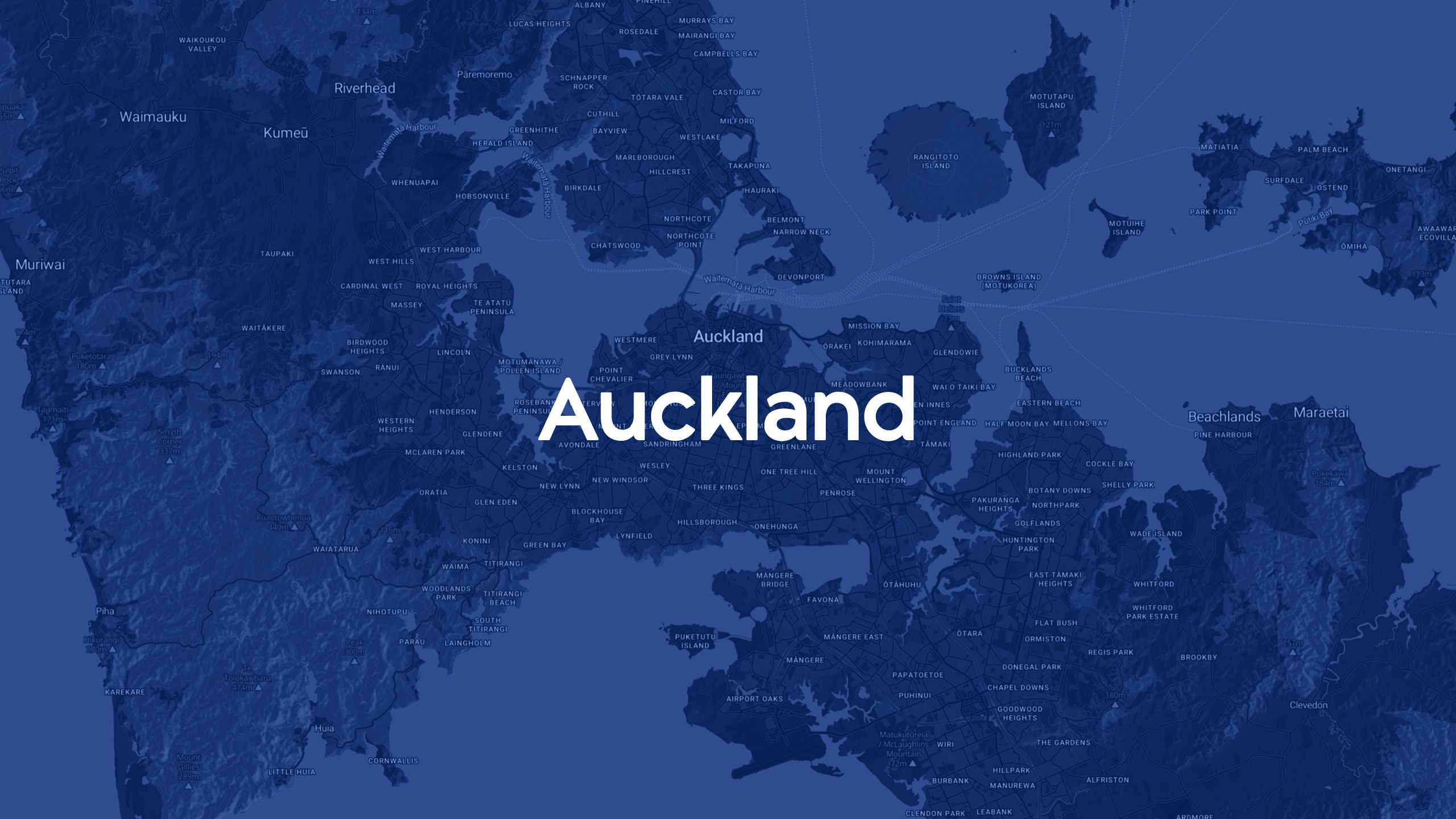
An empty boardroom and a minister’s vision
Despite its grim subject matter, I truly love a road trip. But all good things must come to an end.
The working part of our roadie ended in Bulls, with rain beginning to set in as Matt filmed our final wastewater treatment station.
The next morning, with Andy Dalton, another favourite cameraman I work with, I went to see Simeon Brown.
The interview was in a boardroom on Queen St. One of those ubiquitous corporate spaces which, when empty, have no evidence of human occupation. Like the moon. With office chairs.
Outside, a drain was overflowing. Andy filmed it. But it wasn’t a poo pond in the mighty Rangitikei.
And then the local government minister arrived, fitting us in between meetings, in that hell schedule that senior cabinet ministers somehow endure.
Local Water Done Well
Local Water Done Well is the first part of the coalition government’s response to our water infrastructure crisis.
Last month, I was sitting at my desk when a media release from Simeon Brown arrived: Labour’s Three Waters legislation repealed, it was headlined.
It begins: “The Coalition Government’s legislative plan to address longstanding issues with local water infrastructure and service delivery took an important step today, with the repeal of Labour’s divisive and unpopular Three Waters legislation.”
I wondered what the legislative plan was. Particularly when, only six paragraphs later, the minister declared, “We are asking councils to lead the way in developing local solutions to our water services challenges.”
That sounds less like a “legislative plan” than no plan at all in search of an alibi.
But perhaps, as was often the case in the coalition government’s first 100 days, the key word in Simeon Brown’s media release was repeal – “the repeal of Labour’s divisive and unpopular Three Waters legislation”.
Q&A with the minister
JC: So, what is Local Water Done Well?
SB: It’s a policy saying, look, water is a local government responsibility, it’s one of their critical responsibilities, local infrastructure. But we want to enable councils to financially, sustainably, invest in water infrastructure in an affordable way, over the long term.
JC: Where will the money be coming from?
SB: Well, this is about providing councils with those tools. And so we’re gonna see, we’re likely to see councils forming council-controlled organisations across multiple councils, they’ll be able to use off-balance sheet funding, to be able to access debt, ah, to match the lifetime of those assets with the funding, so that they’re able to make those investments. So, that’s the model that we see as going to work, and it lets councils decide who they want to work with, it lets councils decide, um, what those types of investments will be. And ultimately we’re going to have a regulatory oversight, rather than a mandatory approach, which was what the last Government was taking.
JC: So, are you going to put any money into this, at all?
SB: Well, ultimately, it’s about providing the tools for councils to be able to make those investments over the long term.
JC: Okay, setting aside the tools, money. Any money?
SB: Well, ultimately, what we’re focused on is the long-time tools, this is a long-term challenge, and we want to have long term tools, so that means having the ability for councils to set up these entities, to be able to have a financially sustainable approach to water infrastructure so they can access the long-term funding and financing.
JC: Do you see more water metering being used by councils?
SB: Absolutely. So, that is part of making sure people who use pay according to their usage; it also means you make better use of your resources. Water metering is a critical part of that, and we see a lot of councils actually moving in that direction, so they can make sure they’re reducing waste, they can make sure that those who use it are paying for it, and then making sure those revenues are then tied to servicing that long-term debt. To make that affordable for ratepayers and users in the long term.
JC: Does Local Water Done Well essentially give this new government the opportunity to wash their hands of any ownership of water infrastructure, and say, ‘hey councils, it’s all on you’. Even if the council is manifestly too poor to deal with the problem?
SB: No. No, no, no. I completely reject that. What we’re saying is, first and foremost, water infrastructure is a local council responsibility, but central government will play a key role…
JC: What role?
SB: Well, firstly, we’re going to require them to put in place a water service delivery plan, we will have a regulatory backstop if they don’t deliver that. We will have step-in powers to ensure that those councils do undertake that plan. And we will also make sure that councils are working together so that no council is left behind. So, we are going to play a critical role, but ultimately, at the same time, we’re going to respect the important role that local councils have in delivering local infrastructure, something we criticised the last government for not doing, and which voters rejected.
Will local water be done well?
And so there we have it. The councils say they can't afford it. The government says they have to.
In Wellington, leaking pipes explode through roads and footpaths and 77 million litres of water is lost each day.
in Tararua, Rangitikei and rural regions throughout the country, facilities that aren’t compliant or were built before compliance was even a thing, are regularly still in use.
Gillian Blythe from Water New Zealand suspects we don’t even know the scale of the problem.
Campbell Barry from Lower Hutt and Wellington Water says he worries some councils will “basically go bankrupt”.
Tracey Collis from Tararua says the funding model is “broken”.
And Andy Walton from Rangitikei says, “it’s a ticking time-bomb for New Zealand.”
Will local water be done well?
Can it be?
And where will the money come from to make that happen?
